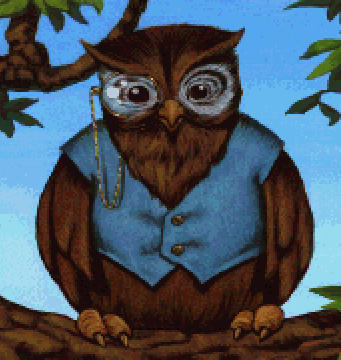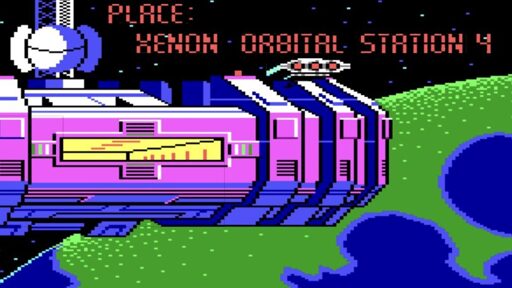I’ve replayed some of them, but as stories, basically, with a guide. As a kid, me and my sister had tons of fun figuring out what worked in the text parser and what didn’t. every new screen we unlocked was fascinating and nervewracking. we absolutely never finished them. we would mess around and then my sister would attempt the puzzle that involved reflexes, since i was younger. we died so so so many times.
the closest i got to winning one was years later. the one with the owl companion?? still, i got really far and then discovered i’d failed the game hours earlier by not picking up an item. i went and played something else. when i replayed them with guides, i was an adult, and some of it was cute, but you can’t get back the brain you had as a kid that found them fascinating.
I grew up on Sierra adventure games as well… but I know better than to replay them. The gameplay definitely isn’t suiting our current standards anymore, lol.
Funnily enough the Lucasarts adventure games are better replayable, but those games don’t reward you with death around every corner either.I feel like the only way to play the Sierra games (for the first time) is with a guide and to treat the experience as the gaming equivalent of tourism. You aren’t playing the game as much as experiencing what video games were like in the late 80s and early 90s.
The accurate experience is to play for an hour or two, get stuck early on and then stop playing. Or watch your older cousins play it, and so watching a let’s play version is fairly close to that.
Betteridge’s Law strikes again here. Also summed up in the article:
these kinds of puzzles were “the only way to make 2–3 hours of ‘game’ last for months.”
It was a different time then, and to some extent playing these classic games can be enriching as a form of cultural history study. But “fun” is not the first word that would spring to mind.
Zeus: Masters of Olympus is still one of my favorite games of all time. I replay it every few years.






